US seeks submissions for DARPA ‘Heavy Lift’ drone challenge
- Europe
- News
- Tech

Solutions must weigh less than 25kg and be capable of non-assisted vertical take-off and landing.
The US’ Defense Advanced Research Projects Agency (DARPA) has launched a new USD6.6 million ‘Heavy Lift’ competition to “shatter the heavy lift bottleneck”.
This challenge, published on 23 October, seeks a drone capable of carrying payloads up to four times its own weight. Current drones are limited by low payload-to-weight ratio, DARPA said, with many UAS only able to carry the equivalent of their own weight or less.
“Our goal is to dramatically increase the useful load which will then drive down the cost per pound of transported cargo”, DARPA programme manager Phillip Smith said in a video accompanying the announcement.
DARPA specified that it seeks university researchers, independent innovators, and industry to submit proposals to the challenge, and Smith noted that the competition has been designed to encourage mass participation.
“We’re calling on everyone, from garage inventors to small and large businesses, and I’d love to see every university with an aeronautical engineering program join in”, Smith said.
Specific requirements for the drone include that the entire system, excluding the payload, must weigh less than 25kg , and be capable of achieving non-assisted vertical take-off and landing.
The payload used to test the drones will consist of commercially available Olympic barbell plates weighing 49kg, and the drone will need to fly a circuit style, five nautical mile course carrying the payload for 30 minutes.
This live trial will take place in the summer of 2026, while deadlines for submitting proposals to the challenge is 1 May 2026.
Tags
- 2026
- 25kg
- capable
- carrying
- challenge
- competition
- darpa
- drone
- heavy
- landing
- less
- lift
- new
- nonassisted
- payload
- seeks
- smith
- solutions
- submissions
- take
- vertical
- weigh
Providing impartial insights and news on defence, focusing on actionable opportunities.
-
Solutions must weigh less than 25kg and be capable of non-assisted vertical take-off and landing.
-
Planned purchases include IRIS-T missile systems and launch pads, among other things.
-
The investment is part of a much larger financial contribution which the UK channels into the European Space Agency annually.


)
)
)
